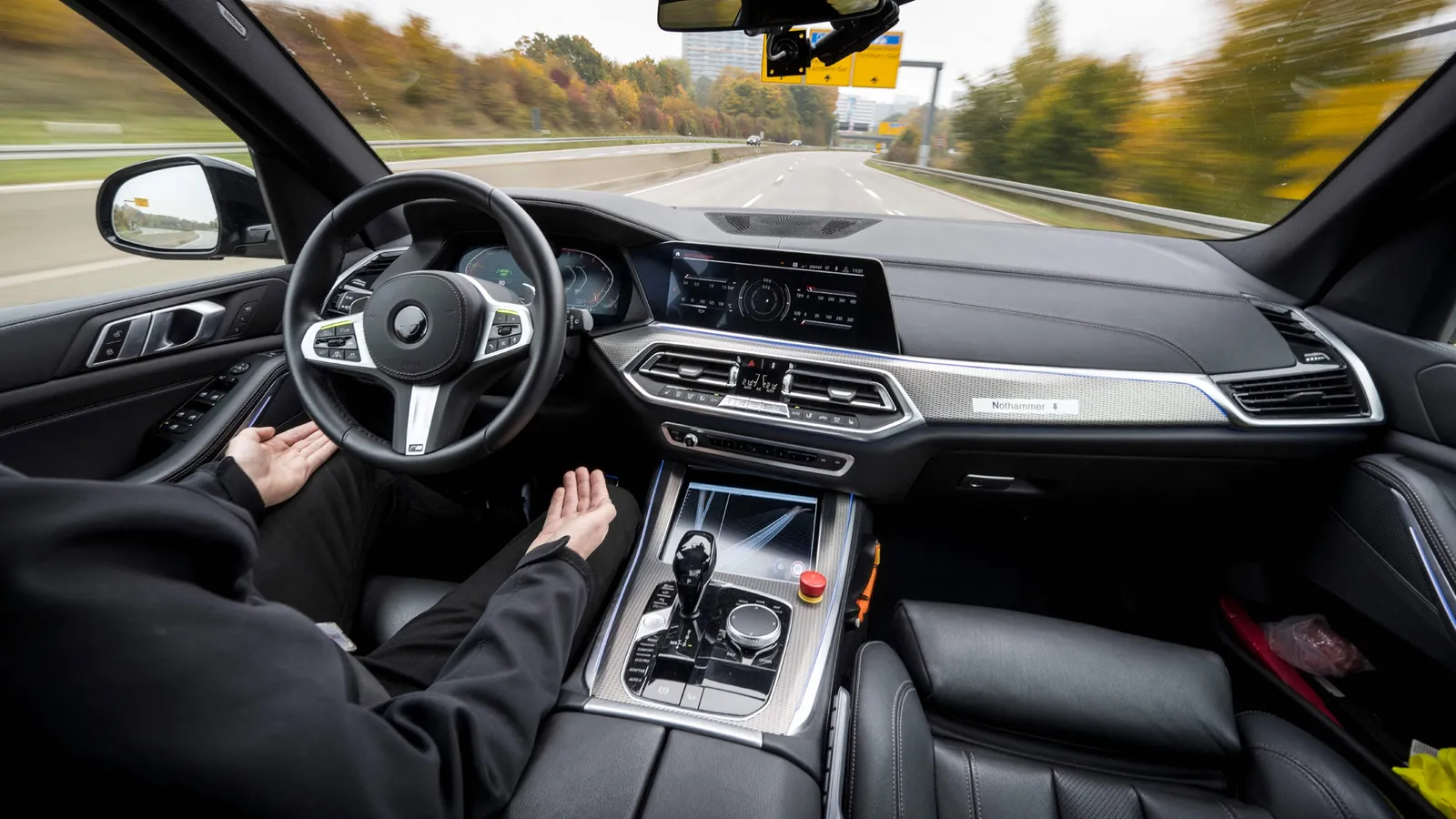Self-driving vehicles are steadily becoming a reality despite the many hurdles still to be overcome – and they could change our world in some unexpected ways.
‘s a late night in the Metro area of Phoenix, Arizona. Under the artificial glare of street lamps, a car can be seen slowly approaching. Active sensors on the vehicle radiate a low hum. A green and blue ‘W’ glows from the windscreen, giving off just enough light to see inside – to a completely empty driver seat.
The wheel navigates the curb steadily, parking as an arrival notification pings on the phone of the person waiting for it. When they open the door to climb inside, a voice greets them over the vehicle’s sound system. “Good evening, this car is all yours – with no one upfront,” it says.
This is a Waymo One robotaxi, hailed just 10 minutes ago using an app. The open use of this service to the public, slowly expanding across the US, is one of the many developments signalling that driverless technology is truly becoming a part of our lives.
The promise of driverless technology has long been enticing. It has the potential to transform our experience of commuting and long journeys, take people out of high-risk working environments and streamline our industries. It’s key to helping us build the cities of the future, where our reliance and relationship with cars are redefined – lowering carbon emissions and paving the way for more sustainable ways of living. And it could make our travel safer. The World Health Organization estimates that more than 1.3 million people die each year as a result of road traffic crashes. “We want safer roads and less fatalities. Automation ultimately could provide that,” says Camilla Fowler, head of automated transport for the UK’s Transport Research Laboratory (TRL).
But in order for driverless technology to become mainstream, much still needs to change.
“Driverless vehicles should be a very calm and serene way of getting from A to B. But not every human driver around it will be behaving in that way,” says David Hynd, chief scientist for safety and investigations at TRL. “It’s got to be able to cope with human drivers speeding, for instance, or breaking the rules of the road.”
And that’s not the only challenge. There’s regulation, rethinking the highway code, public perception, improving the infrastructure of our streets, towns, cities, and the big question of ultimate liability for road accidents. “The whole insurance industry is looking into how they’re going to deal with that change from a person being responsible and in charge to the vehicle doing that,” says Richard Jinks, vice president of commercial at Oxfordshire-based driverless vehicle software company Oxbotica, which has been testing its technology in cars and delivery vehicles at several locations across the UK and Europe.
The ultimate vision experts are working towards is of completely driverless vehicles, both within industry, wider transport networks, and personal-use cars, that can be deployed and used anywhere and everywhere around the world.
Hynd agrees that full automation is unlikely on this timescale. “With anything transport infrastructure, anything that society uses, so many other things need to come into play. And I don’t just mean regulation,” he says. Safety will be a major hurdle, especially for countries slower to adopt the change because of the huge costs involved. Infrastructure will also dictate how fast and effectively this technology can roll out, and public perception and willingness to use autonomous vehicles will need to increase according to Hynd.
But not everyone agrees. Jinks is confident that we’ll see autonomous vehicles on the roads at the same time as human-driven vehicles in 10 years from now. In this vein, you may very well be stepping onto a driverless shuttle at the airport, then into a self-driving taxi to take you to your final destination.
Owning a driverless car in the next 10 years is less likely – it’ll still be too expensive for most people, according to Hynd. But the promise of driverless technology is about unchaining us from our reliance on cars, and how that can transform the use of our time and our environment.
“This is one of the biggest engineering problems that we’re trying to solve in a century,” Jinks says. “It will be an evolution over time from less complex environments and capabilities, to more complex, to everywhere. It’s a continuum, and think about that continuum… It will keep improving over time. These things will continuously learn from each other.”
Much in the same way that electric charging stations have slowly entered car parks, side streets, and service stations, so too will autonomous vehicles eventually make their way into our everyday worlds. Years from now, we may well be wondering how we ever lived without them.
—
Join one million Future fans by liking us on Facebook, or follow us on Twitter or Instagram.
If you liked this story, alled “The Essential List” – a handpicked selection of stories from BFuture, Culture, Worklife, Travel and Reel delivered to your inbox every Friday.




